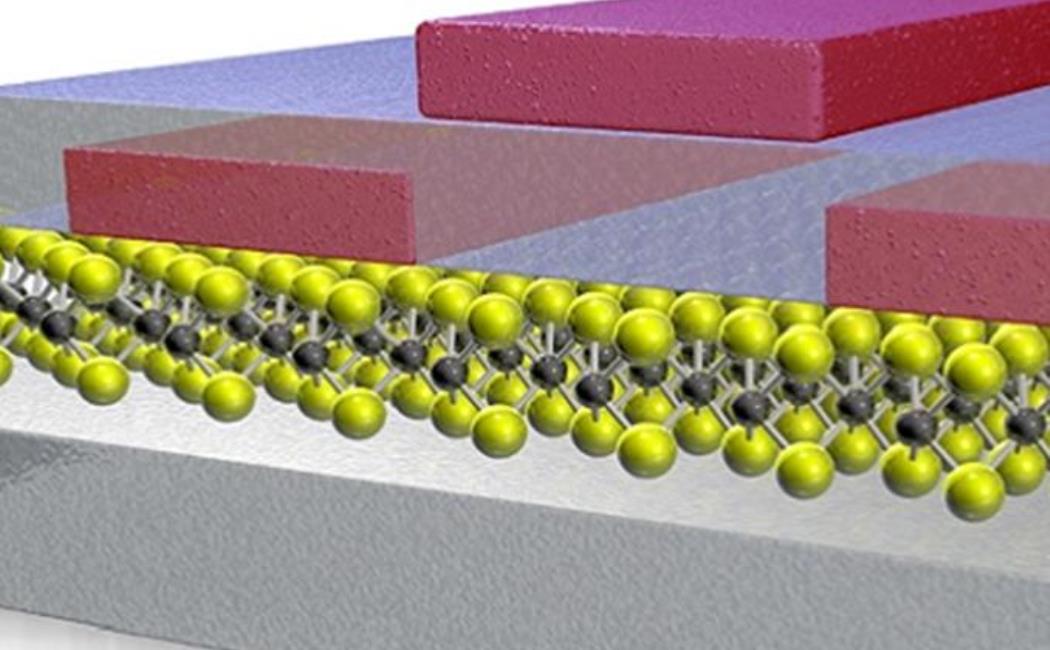

LATEST
NEWS

03 December, 2017
See-through electronic devices, such as transparent displays, smart windows and concealed circuits require completely translucent components if users are to digitally interact with their perceived surroundings and manipulate this information in real time. Now, KAUST researchers have devised a strategy that helps to integrate transparent conducting metal-oxide contacts with two-dimensional (2D) semiconductors into these devices.